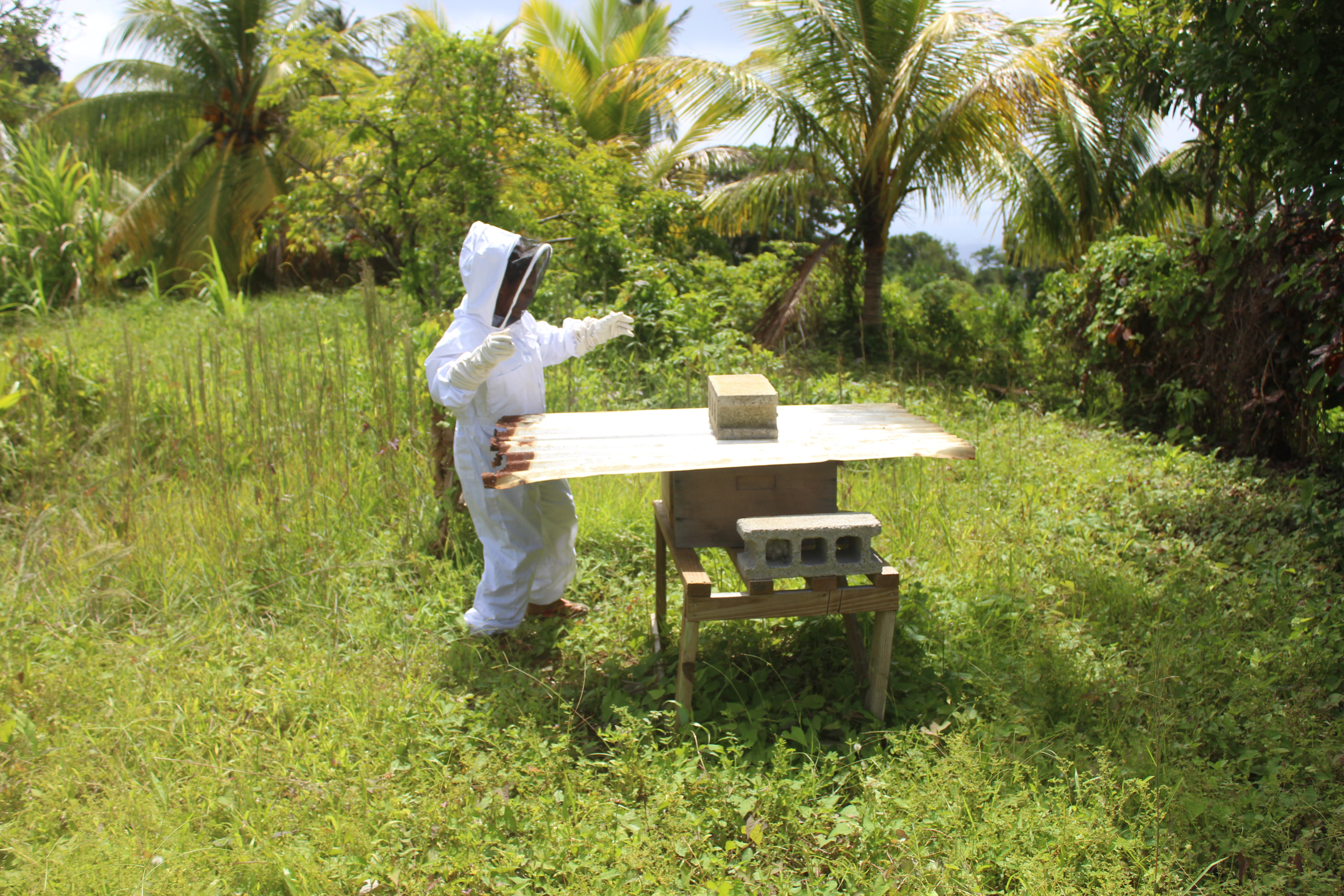The Earth is now 1.2° Celsius warmer than in pre-industrial times, which means the harmful impacts of climate change have already become a harsh reality for people around the world. But climate change does not affect everyone in the same way.
These differential impacts undermine development efforts and most severely affect the poorest and most vulnerable, who often rely directly on natural resources for their livelihoods and subsistence. Besides threatening the environmental and physical aspects of the places where people live, climate change also endangers the cultural heritage and identity of entire communities, which are intrinsically connected to the territories they occupy.
As those least responsible for causing climate change are the ones bearing the brunt of its impacts with the scarcest resources at hand, climate justice is central to any discussion about how to respond. Currently, not enough is being done to protect those already suffering from climate change, nor to stop it from getting worse.

Locally-led climate action
This is why there is an urgent need to address the challenge of experienced loss and damage, which refers to the consequences of climate change that go beyond what people can adapt to or the resources communities have to recover from them.
Estimates show that developing countries suffered economic loss and damage of US$425 billion in 2020 due to climate change, and that this cost will increase to $671 billion per year by 2030.
One of the topics on the agenda of the 28th Conference of the Parties of the United Nations Framework Convention on Climate Change (COP28) is the creation of a new loss and damage fund for vulnerable countries. A key point in this discussion is how to make these resources easily available to the local and Indigenous communities in the developing world that urgently need them. To address this, many have been calling on the fund to include community-level support as part of its disbursement mechanism.
 Climate change adaptation project in Fiji
Climate change adaptation project in Fiji
Empowering local communities
One of the best way to address loss and damage linked to climate change is to make funding available directly to local communities, Indigenous peoples, and civil society organizations, so that they can design, implement, and deliver their own innovative solutions that are culturally appropriate and context specific. Investing in local communities is also key to unlocking further investments and allowing successful initiatives to be shared, scaled up and replicated elsewhere.
Building resilient communities in Dominica
In Dominica, SGP supported training on disaster preparedness for community emergency response teams in 2015, which proved to be prescient when tropical storm Erika hit later that year.
In 2017, the country was struck by its first ever Category 5 hurricane, Maria, which damaged or destroyed a staggering 95% of its houses and caused $1.3 billion in losses, or 226% of its annual gross domestic product. This disaster mitigation project also included the construction of a 3,000-foot-long storm drain in Bagatelle, a village on the southern coast prone to landslides.
“If this drain was not here, it is very possible that this village would not have been here after Maria.” John Fontaine, Bagatelle resident.
After Maria, SGP provided communities with materials for reconstruction and helped with fundraising to enable the purchase of equipment. The experience of directly managing SGP grants also helped communities access over $500,000 provided by the government through the Green Climate Fund for reconstruction and resilience building, which allowed them to scale up their projects and catalyse recovery efforts, including renovating and upgrading community shelters.
Despite these efforts to improve Dominica’s resilience to climate change, its vulnerability to extreme climate events still threatens livelihoods. One example of this is within the apiculture sector - developed by the Indigenous Kalinago community. In response, local civil society is now advocating for the establishment of a community recovery facility to support recovery and rebuilding after storms and natural disasters.
“Bees are very vulnerable. When you have a storm, you can’t bring the hives into your house...”, says Louisianna Burton, a member of the Kalinago community. “Storms will destroy everything. When you hear that you are going to have bad weather, you are always holding your breath because you don’t know what is going to happen.”
To find out more about how SGP supports local and Indigenous communities in developing countries to address loss and damage linked to climate change, check out this new brochure and the full photo-story.
Apiculture project in Dominica





